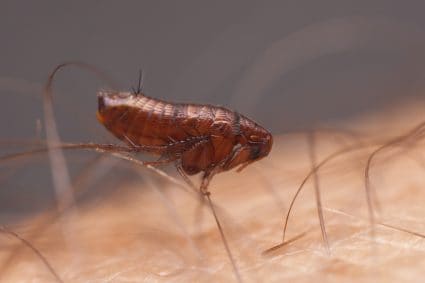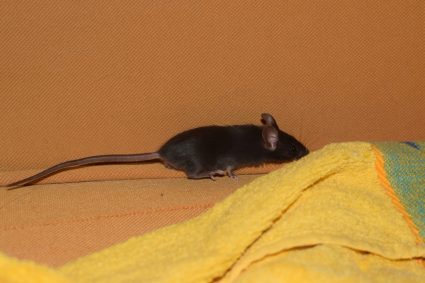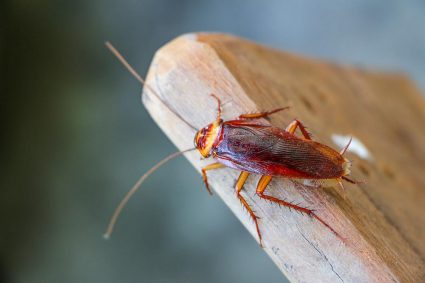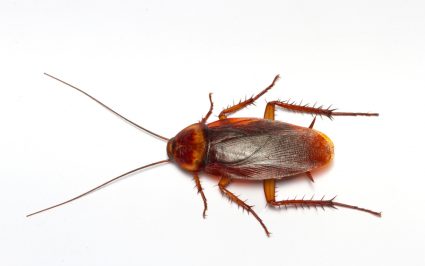
Botflies, also known as warble flies, heel flies, or gadflies, are known for their parasitic relationship with mammals, including humans. Their bites can lead to uncomfortable and sometimes alarming symptoms. This detailed guide will provide you with all the information you need to identify a botfly bite, understand its stages and symptoms, and know what to do if you’re bitten.
A botfly bite initially appears as a small, inflamed bump similar to a mosquito bite. However, as the botfly larva grows, the bump transforms into a hard, raised lesion with a central punctum (a small opening in the skin). The lesion may be red, slightly swollen, and release a yellowish or bloody fluid. In advanced stages, the lesion becomes a furuncle-like, erythematous, raised lesion with central necrosis, intermittently exuding a serosanguinous discharge. Some patients may feel the larva moving when they touch the lesion.
Understanding the Botfly
Botflies are part of the family Oestridae, with around 150 species worldwide. The human botfly (Dermatobia hominis) is native to Central and South America. Other species, like the mouse botfly (Cuterebra fontinella), are found in the eastern United States and some regions of Canada. Typically, botflies inhabit the edges of forests, particularly around rodent dens, where they lay their eggs.
Recognizing a Botfly Bite
Botfly bites don’t look like typical insect bites. Initially, a botfly bite may appear as a small, inflamed bump, similar to a mosquito bite. However, as the larva grows, the bump transforms into a hard, raised lesion, often with a central punctum (a small opening in the skin). The lesion can be accompanied by redness, slight swelling, and the release of a yellowish or bloody fluid from the sores.
In some cases, patients may feel the larvae moving when they touch the lesion. These lesions are often misdiagnosed as cellulitis, leishmaniasis, furunculosis, staphylococcal boils, insect bites, or sebaceous cysts due to their similar presentations.
Stages of a Botfly Bite
- Initial stage: The bite starts as a small, inflamed, itchy bump, similar to a mosquito bite. It may be mistaken for an ordinary bug bite or a pimple.
- Developing stage: As the larva grows, the bump turns into a hard, raised lesion with localized erythema, pain, and edema. The lesion may continuously seep blood and pus. Many patients report nocturnal pruritus, pain, and a sense of movement at the site of infestation.
- Advanced stage: The lesion becomes a furuncle-like, erythematous, raised lesion with central necrosis. It may have a central punctum, which is a small opening through which the larva breathes and excretes waste. The furuncle may intermittently exude a serosanguinous discharge (the feces of the larva).
- Final stage: After approximately 30 days, the larva matures and leaves the host’s skin. The lesion may heal on its own or require medical intervention, depending on the severity of the infestation and the host’s immune response.
Complications of a Botfly Bite
If a botfly bite is not treated promptly, it can lead to complications such as prolonged angioedema (a type of swelling that occurs beneath the skin), secondary bacterial infection, and wounds on the skin. In extreme cases, mature botfly larvae will burrow out of the host, causing additional pain and discomfort.
Treatment and Prevention
The primary treatment for a botfly bite is to remove the larva while keeping it intact. This can be achieved through occlusion/suffocation approaches, surgical removal under local anesthesia, or use of a snake-venom extractor. Topical or oral ivermectin can also be used as an alternative treatment.
Prevention of botfly bites involves using insect repellent, wearing protective clothing, using window screens and mosquito nets, maintaining good hygiene, and being cautious when traveling to botfly-infested areas.
By understanding what a botfly bite looks like and how to prevent and treat it, you can protect yourself and your loved ones from this parasitic insect. Always consult a healthcare professional if you suspect a botfly infestation to ensure proper diagnosis and treatment.
Frequently Asked Questions
How long does it take for a botfly larva to mature and leave the host’s skin?
The maturation period for a botfly larva typically lasts about 30 days. After this period, the larva exits the host’s skin, often leaving a wound that may heal on its own or require medical treatment.
Can botflies transmit diseases?
While botflies themselves do not transmit diseases, secondary bacterial infections can occur if a botfly bite is not properly treated. These infections can lead to further complications.
Can botfly larvae infest other parts of the body apart from the skin?
Yes, although skin infestations are the most common, botfly larvae can also infest the eyes, nasal passages, and even the gastrointestinal tract in rare cases.
Are botfly bites common in the United States?
Botfly bites are not common in the United States. However, the mouse botfly is found in the eastern United States and some regions of Canada. Most human botfly infestations occur in Central and South America.
What is the best way to prevent botfly bites?
The best way to prevent botfly bites is by using insect repellent, wearing protective clothing, using window screens and mosquito nets, maintaining good hygiene, and being cautious when traveling to botfly-infested areas.











